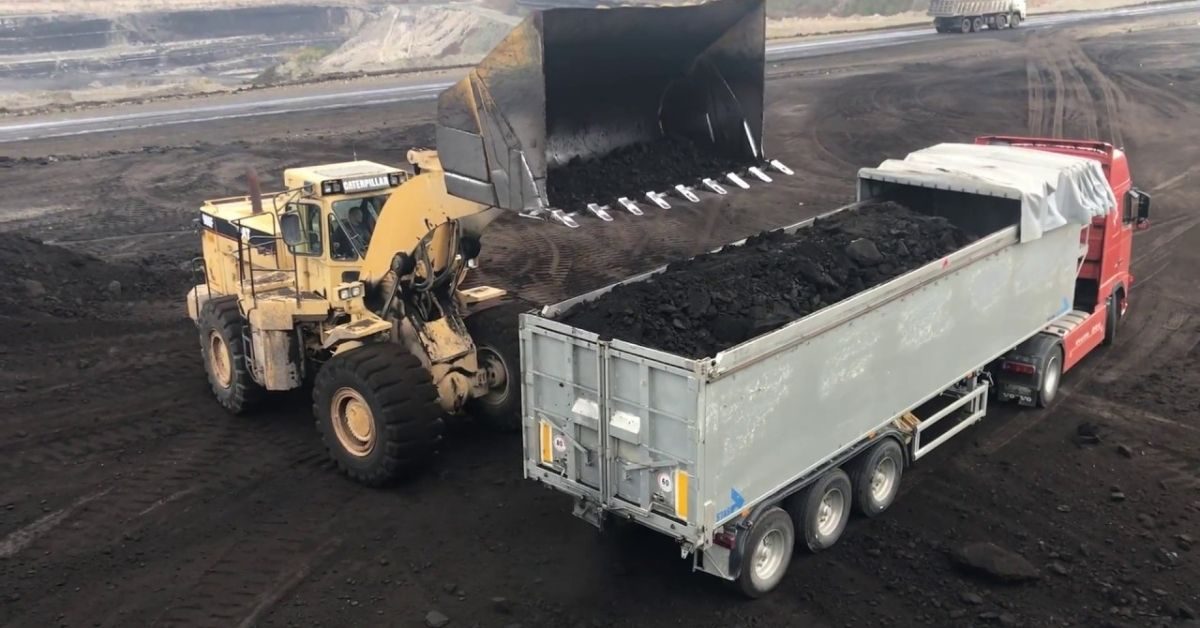Federation spokesperson V K Gupta said that the Union government had decided that Indian coal required blending with imported coal by 6 per cent by weight, in view of a likely coal shortage in summer, and use of R-S-R mode for transporting coal from Mahanadi and Talchar coalfields in Odisha to Punjab via Mundra in Gujarat.
Punjab is all set to face a double whammy — of blending imported coal with Indian coal, and transportation of coal from Odisha via rail-ship-rail (R-S-R) mode — leading to a 20 per cent escalation in generation cost, said All India Power Engineers’ Federation (AIPEF).
Federation spokesperson V K Gupta said that the Union government had decided that Indian coal required blending with imported coal by 6 per cent by weight, in view of a likely coal shortage in summer, and use of R-S-R mode for transporting coal from Mahanadi and Talchar coalfields in Odisha to Punjab via Mundra in Gujarat.
“The ministry of power on January 9 this year directed the generating stations to procure imported coal in time for blending purposes due to surge in power demand and increase in thermal generation demand. There are risks that coal demand will be on the higher side due to hotter summer and increase in industrial demand. Punjab has not been able to maintain mandatory coal stock of 24 days and coal stock in state thermal plants at Lehra Mohabbat and Ropar is for less than three days. The stock at Talwandi Sabo and GVK are for three and six days, respectively,” claimed Gupta.
“The power ministry had on Monday asked Punjab, Gujarat, Rajasthan and Maharashtra to transport 10-15 per cent of their coal requirement through a combination of land and sea route, also called rail-ship-rail mode. The new coal transport mechanism was worked out because of logistical constraints of direct rail movement and an anticipated increase in coal requirement in the coming peak-demand season of April-May. This mode of transport (R-S-R) will increase the cost of generation by 10 per cent, and use of imported coal for bending will also increase the generation cost by another 10 per cent at that particular thermal plant. The total increase in generating cost may be up to 20 per cent,” added Gupta.
Notably, Punjab chief minister Bhagwant Mann in his DO letter of December 8, 2022, had sought exemption for the state’s thermal power plants from lifting coal through R-S-R mode, and to instead allow 100 per cent coal supply in direct rail mode. In addition to this, he also requested to transfer the coal from Pachhwara Central coal mine to Talwandi Sabo thermal plant and Rajpura thermal plant, without any transfer limit of 50 per cent or payment of any additional royalty.
Gupta said that in case of present practice at Talwandi Sabo thermal plant, wherein coal is moved from the mine to the thermal station by rail, the freight distance by rail is 1,900km that takes 4-5 days. However with R-S-R mode, the coal would be transported for about 17,00km by rail in addition to sea travel of 4,360km, which could take up to 25 days in total.
As such, transportation of domestic coal through R-S-R route was not fruitful for the thermal power plants of Punjab, as it will increase energy charges burden on the people of Punjab, he claimed.







